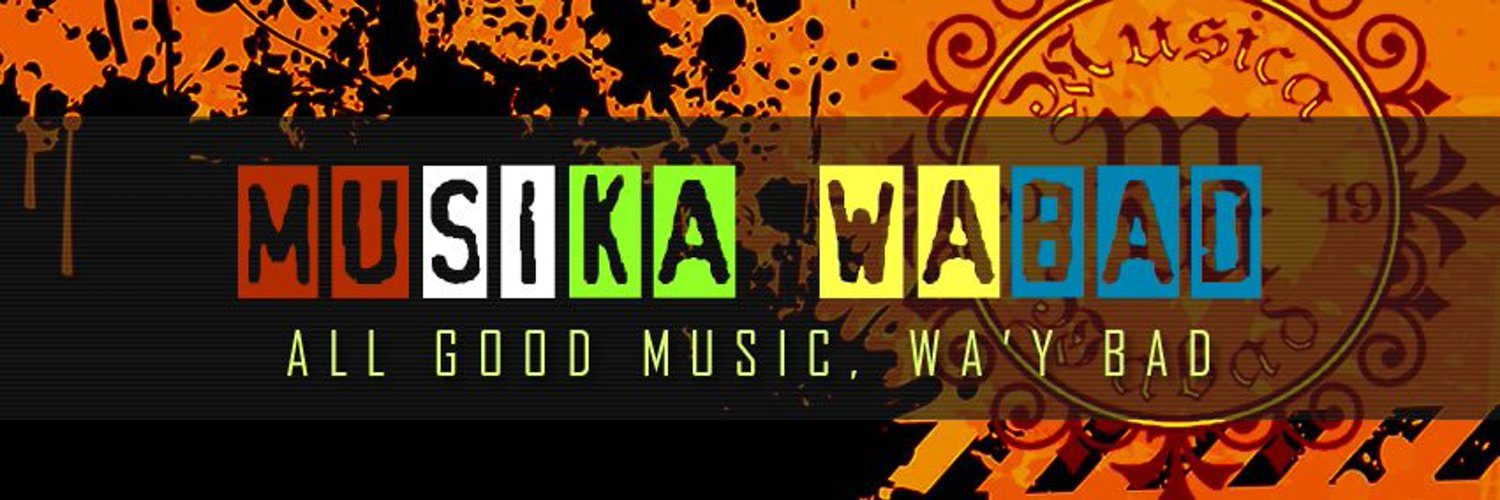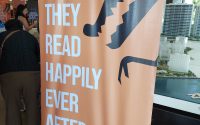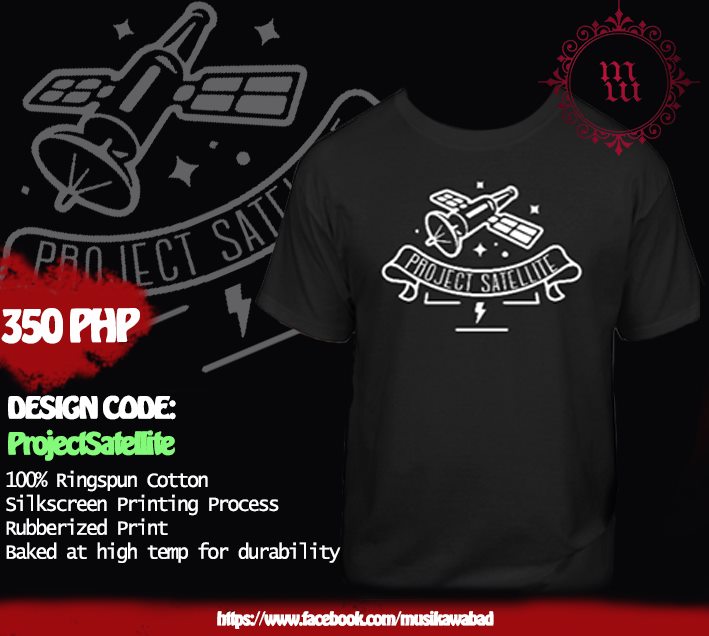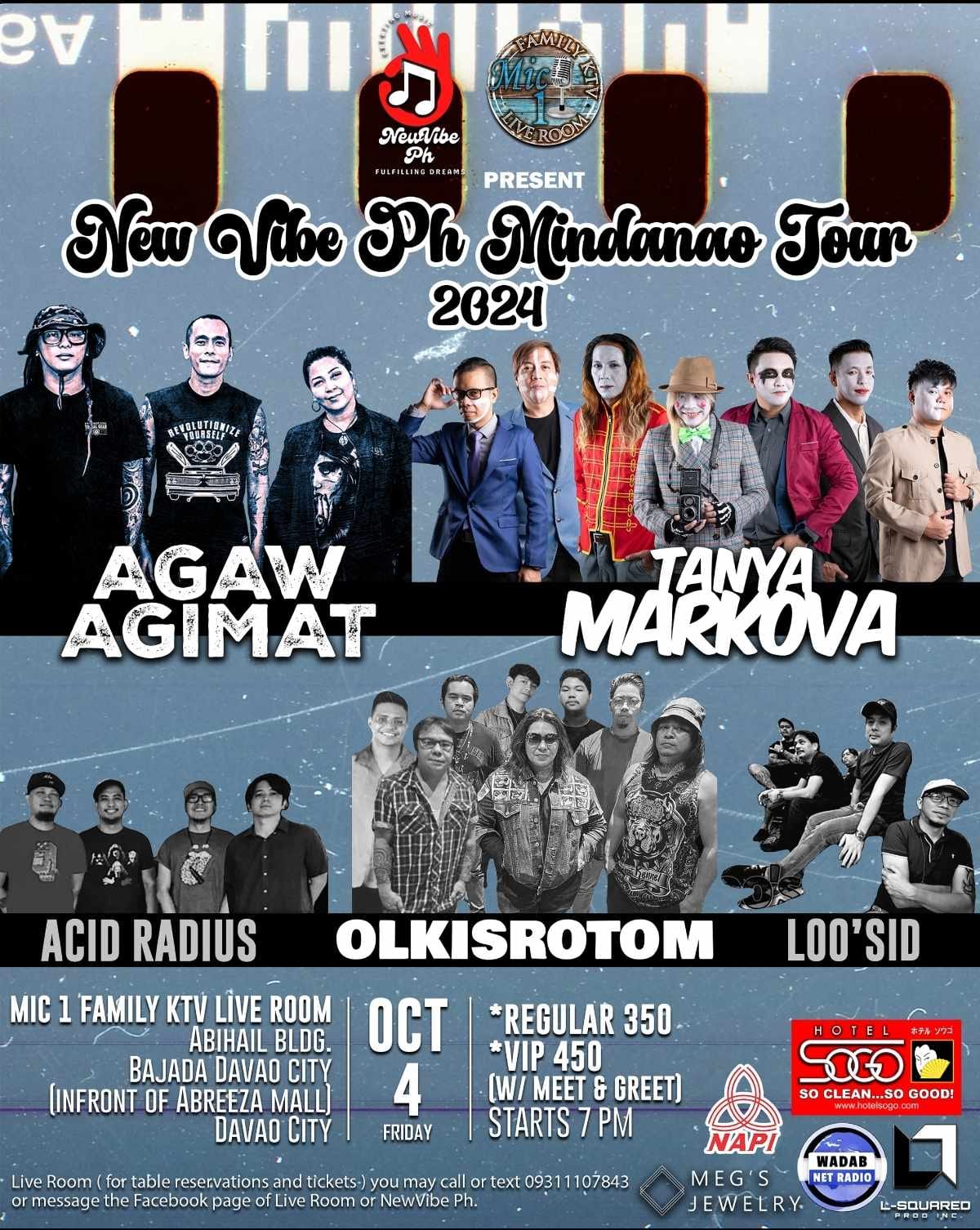Creating a Pedalboard Using Only BOSS Waza Craft Pedals
As an Amazon Associate, I earn from qualifying purchases. That means I earn commissions from my sponsored links or I make money when readers (you) purchase items through my links. Your purchase allows me to continue working as a stay-at-home dad who moonlights as a farmer and a musician. Needless to say, this post contains affiliate links.
Waza! Wazaaa! WAZAAAAA!
After giving you my two cents on how to arrange your guitar pedals on your pedalboard, I revisited the idea of creating another pedalboard and thought about creating one just using Boss Waza Craft pedals.
Why?
Because I got bored.
And getting bored is a terrible idea for someone who’s (1) obsessed with everything music-related, (2) doesn’t have any money, (3) and has a wild imagination.
So, I started fantasizing what it’d be like to have unlimited funds and access to all 13 Boss Waza Craft pedals for the sole purpose of creating a pedalboard out of just those pedals and nothing more.
Yeah, I said 13 because I included the discontinued Tonebender TB-2W in this list.
With that said, I’d like to remind you that your pedalboard idea and mine may not be exactly alike and that’s a good thing. In a real-world situation, I probably won’t get all of the Boss Waza Craft pedals for the sole purpose of creating a pedalboard.
But wouldn’t it be fun to have all 13?
Essential Pedals to Start With
For those new to building a pedalboard, starting with the basics is key. Please don’t make this the only thing you read about pedals and pedalboard arrangement and base your purchase decision on it.
It would be a terrible idea.
Please take the time to do your research before you start investing in guitar pedals because they can be a very expensive collection especially if you start with the wrong pieces prompting you to buy more that serve what you need.
Needless to say, I would like to give you this advice: do your research and only buy what you need and what fits your budget.
Now for me, when I started buying guitar pedals, it was because back then, digital effects and multi-FX pedals were still at a shortage. If there were any coming out, they were still full of flaws and sounded terrible.
Guitar pedals were expensive to young kids like me and we’d often discuss it with other guitarists so that they’d buy effects pedals that you can borrow from each other to complete a pedalboard.
Times were hard then.
But I never really believed in an overly complicated pedalboard. For me, Zakk Wylde’s pedalboard was it.
Here are five essential Boss Waza Craft pedals everyone should start with in the order that I would buy them:
SD-1W Super Overdrive
Although I’m notorious for always having a DS-1 in my collection, I love an overdriven sound more than a distorted one. And the SD-1W offers smooth overdrive tones, which is perfect for adding warmth and sustain to your sound.
This probably won’t sound that good if you’re playing in a doom metal band but for most gigging situations, the Super Overdrive won’t let you down.
And the only reason why people don’t associate me with an overdrive is because I gain stack a lot. And in the past, guitarists would try to hide that one “special” component that made their sound different.
In my case, it was a Digitech Bad Monkey which is a clone of the Ibanez Tube Screamer. It was really cheap back then and after I mangled the looks of my first Bad Monkey, I decided to sand it all off exposing the metal casing underneath.
It looked cool (to me) and everyone was puzzled what it was. I would position it off to the side of my pedalboard where people wouldn’t notice it that much and sometimes I’d mark it with a sharpie as “Sauce”.
It stayed on all the time. Even in my clean settings because I love the sound of a slightly overdriven amp. For a harsher sound, just adjust your pedal or your amp. Increase the gain. You’d be surprised what an overdrive can do for you if it’s the only pedal on your board.
So yeah, you can never go wrong with an overdrive. Much less a Super Overdrive.
CE-2W Chorus
This is the next logical one to get, especially if you’re operating as the sole guitarist in your band. This adds depth and dimension to your sound, providing you with lush chorus effects that enrich your clean tones.
Don’t get too attached to it though because you may need to dial back if, and when there’s another guitarist in your band or you add a keyboardist to your group.
DS-1W Distortion
With this, you can effectively gig as an amateur musician. It has an aggressive tone and can also deliver a classic distorted sound with enhanced clarity and dynamic response.
Had this been available during my younger years, this would be the one I’d get instead of the DS-1 and spend lots of money getting them hot-rodded. To date, I think I’ve owned 6 DS-1s, all of them hot-rodded.
DM-2W Delay
If you’re planning on soaring leads or adding more character to your playing, the Delay DM-2W is the next one you should get. In fact, if you manage to have more budget, I’d suggest getting more than just one.
The DM-2W offers warm, analog delay tones, adding space and ambiance to your playing.
This has, to my ears, a more natural sounding delay sound than the one produced by digital effects.
TU-3W Chromatic Tuner
Forget all the other “exciting pedals” on the market today. If you already have the previous four, it’s time to get a tuner.
And not just any tuner.
Get a Boss TU-3W.
This would have been the first pedal I’d get from the Boss Waza Craft line but then again, the reason why I’d do that is because I already have my basic pedals on my board. So, after getting a Super Overdrive, the Chromatic Tuner would most probably be my second purchase.
But knowing how I’d be back in the day, this would realistically be my fifth purchase from the Boss Waza Craft line.
It serves an obvious purpose which is to ensure that your guitar is in tune. And, its high-precision tuning and switchable true bypass/buffered output makes it an ideal starting point in your pedalboard before it hits all other effects pedal in your chain.
Spotlight on BOSS Waza Craft Pedals
To date, there have been 13 pedals under the Waza Craft line although only 12 are actively still offered by the company. Sadly, the Tone Bender is no longer offered which is a shame since it sounded awesome and looked so unique.
But anyway, let’s do a rundown of the rest of the Boss Waza Craft Pedals that we’re including in our imaginary Boss Waza Craft specific pedalboard.
Blues Driver BD-2W
Having owned and immensely enjoyed a Blues Driver in the past, this is the next logical Waza Craft pedal I’d get simply because I know it sounds absolutely amazing paired with an overdrive or a distortion or both.
For those who haven’t had the pleasure of using a Blues Driver pedal, the BD-2W offers the same dynamic response that faithfully captures the nuances of your playing. Plus the Blues Driver offers everything from clean boost to rich overdrive.
Metal Zone MT-2W
For high-gain enthusiasts, the MT-2W provides a wide range of distortion tones, with enhanced clarity and reduced noise.
When I started diving headfirst into heavy music, the first pedal that I bought was the Metal Zone because everyone was raving about it.
And just as quickly, everyone abandoned it.
Even I did.
For a time.
I hated it.
But only because I didn’t know how to properly use it.
When you’re a kid, you just turn all knobs to the fullest and that’s not really the way to go.
That’s also a sure way to blow your teeny, tiny amp and get yelled at by your neighbors.
I still don’t really use the Metal Zone (Note: I only have the old MT-2 and not the MT-2W) and I don’t really know where I stashed it but after this, I might just go and search for it and try it again before getting an actual MT-2W.
The key thing to operating a Metal Zone is to know when to hold back. There’s a sweet spot between heavy and just plain trash.
Not thrash.
Trash.
Find it.
And once you do, you’ll be in the “Metal Zone”
Heavy Metal HM-2W
This is another Boss Pedal that I bought simply because it had the words “Heavy Metal” on it and I was in a heavy metal/death metal band. Before that I had the Denio Metal Rocker which is a clone of the HM-2.
Not a really good clone but enough to make me curious about how the “real thing” sounded.
The HM-2 was wnown for its “chainsaw” tone, which the HM-2W still features. I know I still have my old HM-2 somewhere but I haven’t used it in a long time.
The Boss Waza Craft version of the Heavy Metal promises to deliver a better distortion so that’s something I’m keen to find out once I have enough funds to buy one.
Booster Preamp BP-1W
For a long time, I suffered from “tone suck”.
And there were many reasons for that.
I didn’t have a good guitar. I didn’t know how to arrange my pedalboard. Inexperience. Youthful exuberance. Misguided knowledge on pedals and music. Lots of reasons.
But that all changed when I was introduced to a boost pedal.
Now, I was pretty ignorant at that time and I really could not get what a boost pedal was for. I tried it in the worst way possible: by hooking it up directly in between my guitar and amp.
To my inexperienced ears, there was really nothing special about it. But I still bought it.
And it sat for at least 2 months before I finally added it to my pedalboard.
I still didn’t see what a boost pedal was about until a more experienced guitarist friend showed me where to place it on the pedalboard. By explaining it to me, I finally got what a boost pdal was for. And I’ve had at least 3 boost pedals on my board since then.
Now, I don’t know if Boss ever came out with a boost pedal back in the day because if they had, I would have probably gotten it even though I didn’t understand it.
And let me be the lesson for inexperienced guitarists who are basically snobs when it comes to new things. Some pedals may not be that obvious in their contribution to your overall sound but they’re there.
The BP-1W serves as both a clean boost and a preamp, enhancing your signal and adding warmth to your tone.
I don’t know if you should get more than one but I’m still going to go with what I’ve been used to which is to get three boost pedals, one tright after the tuner, one right after the drives, and one right before everything hits the amp.
Kind of overkill.
But then again, this is a fantasy board.
Vibrato VB-2W
I’ve never really used vibrato much as part of my guitar sound but since Waza Craft has a Vibrato pedal in its line up, we’ll include it in this list.
The VB-2W offers expressive pitch modulation, from subtle vibrato to dramatic pitch shifts, adding a unique character to your sound.
There’s not much I can say about it.
Dimension C DC-2W
Of all the pedals in the Waza Craft line, the Dimension C was the one I was most confused with. I just didn’t get it.
Was it a chorus pedal?
Many people seem to be using it as a chorus pedal.
So I did a deep dive into the pedal and realized that it was more of a phaser than a chorus given that its sonic characteristics display a phasing in and out line.
This means that this pedal offers spatial enhancement by creating a three-dimensional sound that enriches your tone without overwhelming it.
Fuzz FZ-1W
Forgive me for being biased but ugh… the Fuzz FZ-1W is the last pedal I’m getting.
What it promises to do is to emulate vintage fuzz tones. The FZ-1W also promises to provide a rich, saturated sound that’s both aggressive and musical.
I’m still not convinced.
Note: I’m adding this section after going through a deep conversation with a friend who loved the fuzz pedal. and I realized one thing, the only reason why I hated fuzz was because of the fuzz face.
One of my early experiences with a vintage fuzz was that it would just make terrible sounds. That’s because I didn’t know that it should be positioned nearest to the guitar instead of the usual way which is to let other pedals tpgo through it since it is part of the drive section.
The reason why I was getting terrible sounds was because the fuzz sported vintage circuits that demanded to have the pure signal of the guitar to go through it first before passing through other pedals and not the other way around.
It had something to do with power and the clarity of the signal.
So yeah, maybe I’ll give the Fuzz FZ-1W a chance since it does have new circuits in it and that means I can place it wherever I want which is more or less going to be in the drive section of my pedalboard.
Tone Bender TB-2W
Let’s be honest. The TB-2W is a collector’s piece. Most people won’t find it in stores anymore. It doesn’t fit into every pedalboard, and it’s not for the faint of heart. You need to work with it, not control it.
The only reason why you’d want to have it on your pedalboard is for bragging rights that you’re one of the few who has one.
And, it’s basically a fuzz pedal that captures the vintage sound of let’s say Jeff Beck and Jimi Page back in the day perfectly.
What is the Boss Waza Craft Line All About?
“Waza” means “art” and “technique” in Japanese. It’s not just branding — it’s philosophy.
The Boss Waza Craft series is a premium line of pedals designed to capture the heart and soul of legendary analog tone, reimagined and rebuilt with modern enhancements, superior craftsmanship, and a fanatical dedication to sound quality.
Think of it like Boss going boutique, but with their signature durability, affordability, and mass appeal.
If regular Boss pedals are like trusty Toyotas, then Waza Craft pedals are hand-tuned JDM builds — same DNA, but hotter, tighter, and made for tone freaks.
The Waza Craft line launched in 2014, introduced with three now-iconic pedals:
- BD-2W Blues Driver
- SD-1W Super Overdrive
- DM-2W Delay (a reissue of the legendary analog delay)
These first three releases immediately made waves. People were shocked that Boss — long seen as a reliable but “safe” brand — was diving deep into boutique-grade sound.
But this wasn’t Boss trying to be someone else. This was Boss rediscovering its own greatest hits, breathing new life into them for a new generation of guitarists.
Pedalboard Arrangement
And now for the pedalboard arrangement.
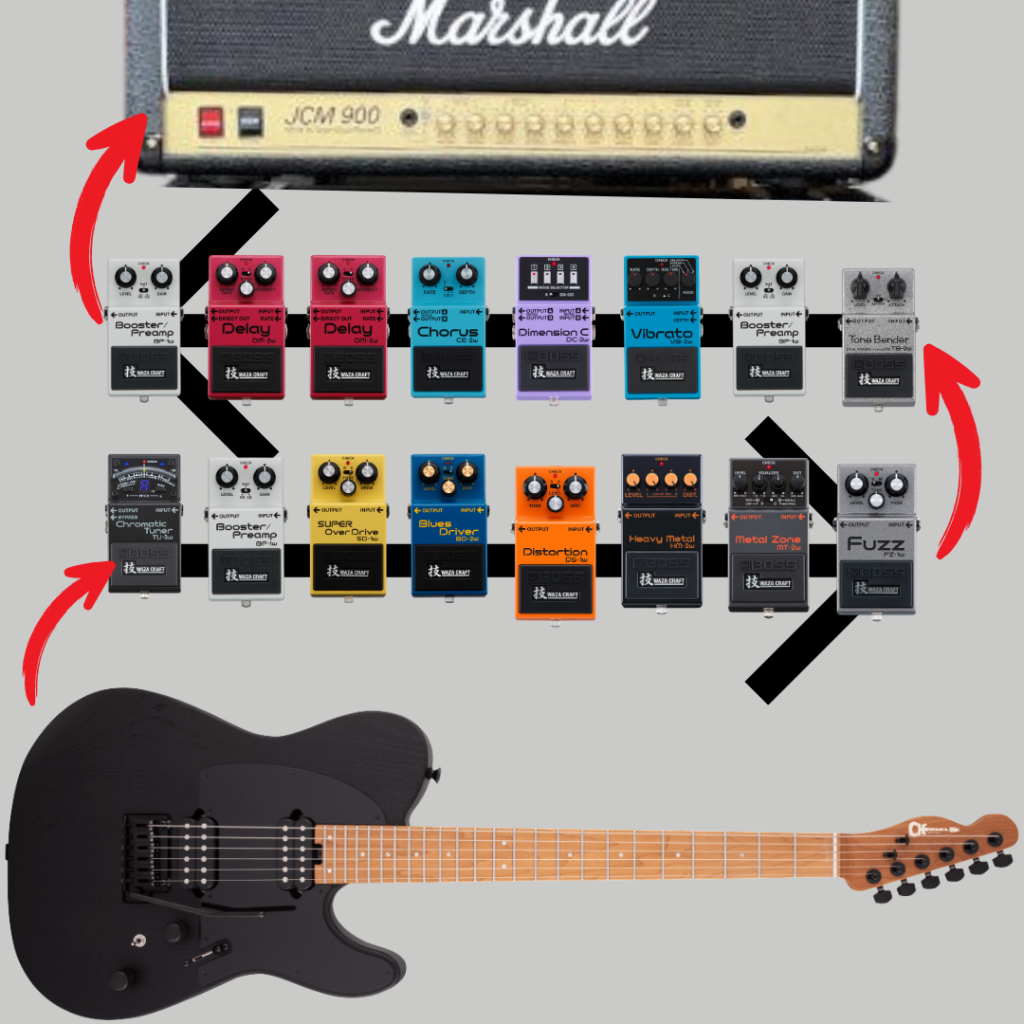
Notice how it’s pretty similar to my pedalboard arrangement advice? Except for some of the pretty obvious missing pieces which is due to the fact that Boss hasn’t produced them yet and the manner y which I stacked my gain pedals (overdrive to distortion rather than distortion to overdrive), everything is pretty much in the same order.
So we start with the TU-3W and let it go through a BP-2W that will always be on to carry our signal strong into the gain section.
I startwith the SD-2W and string it through the BD-2W into the DS-1W. The heavier gain settings then are stacked from the DS-1W to the HM-2W into the MT-2W. at this point I’d like a way to turn multiple sections off or on and dedicate the gain sections into three categories: Overdrive, Distortion and Fuzz.
After the MT-2W, I’ll go through the FZ-1W and the TB-2W.
Although these are buffered bypass type pedals, I’d still like to put a second Booster/Preamp pedal at this point. This is to push my sound out more if I want to do solos. At this point, it’s actually overkill. But hey, it’s a fantasy.
Next, we go through the vibrato, Dimension C, and CE-2W.
I put two Delay pedals where they play out of sync with each other for a wash effect before adding the third and final BP-1w.
Just because I can. And then the amp.
Realistically, this is what my Waza Craft pedalboard is going to look like:
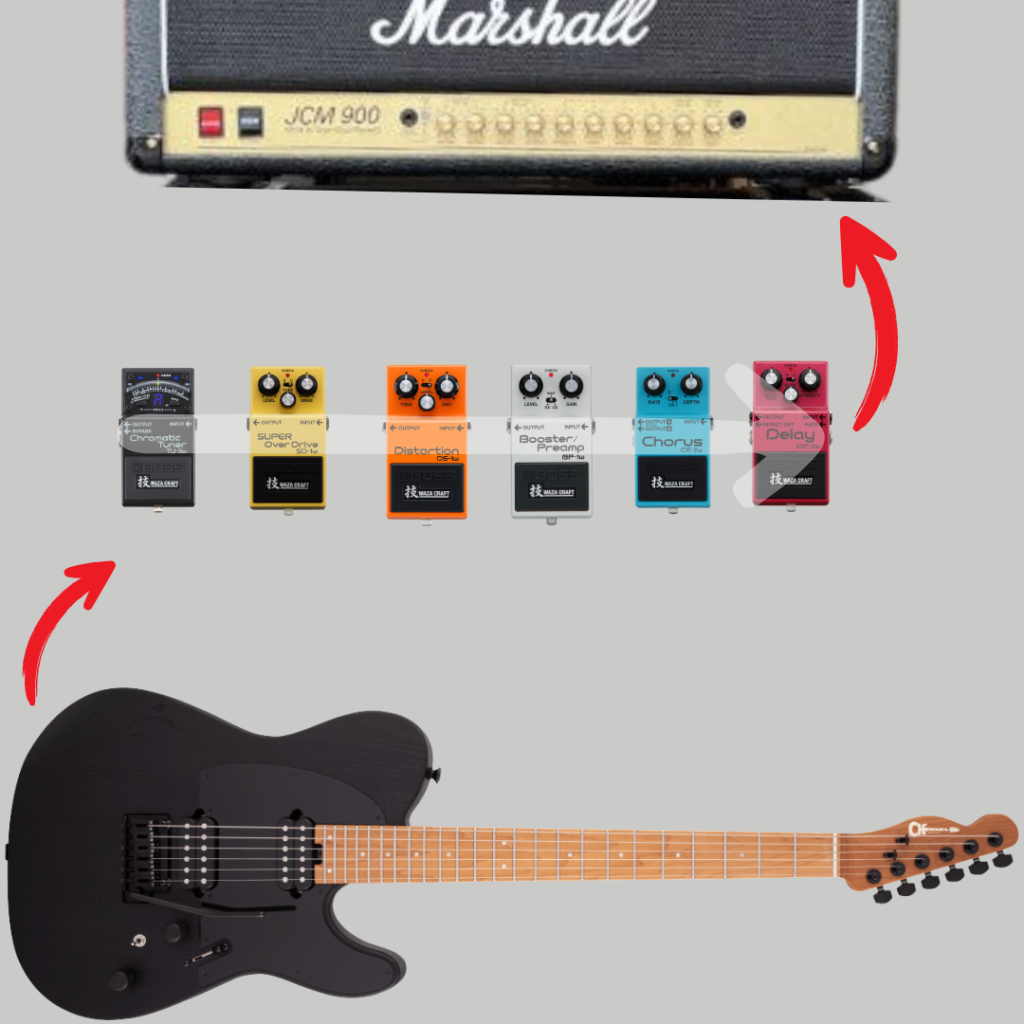
Comment below if you’d like me to do a deep dive on each one of the Waza Craft pedals because that seems like something I’d really want to explore.
Final Thoughts
Building a pedalboard exclusively with BOSS Waza Craft pedals is more than just assembling effects; it’s about crafting a versatile and expressive tool that reflects your musical identity.
Whether you’re aiming for classic tones or exploring new sonic territories, these boutique pedals offer the quality and flexibility to support your journey.
Remember, the best pedalboard is the one that inspires you to play more and express yourself fully. So, take the time to experiment, listen, and adjust until you find the setup that feels just right.
Wazaaaaa!
